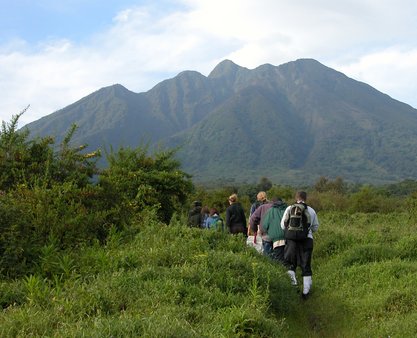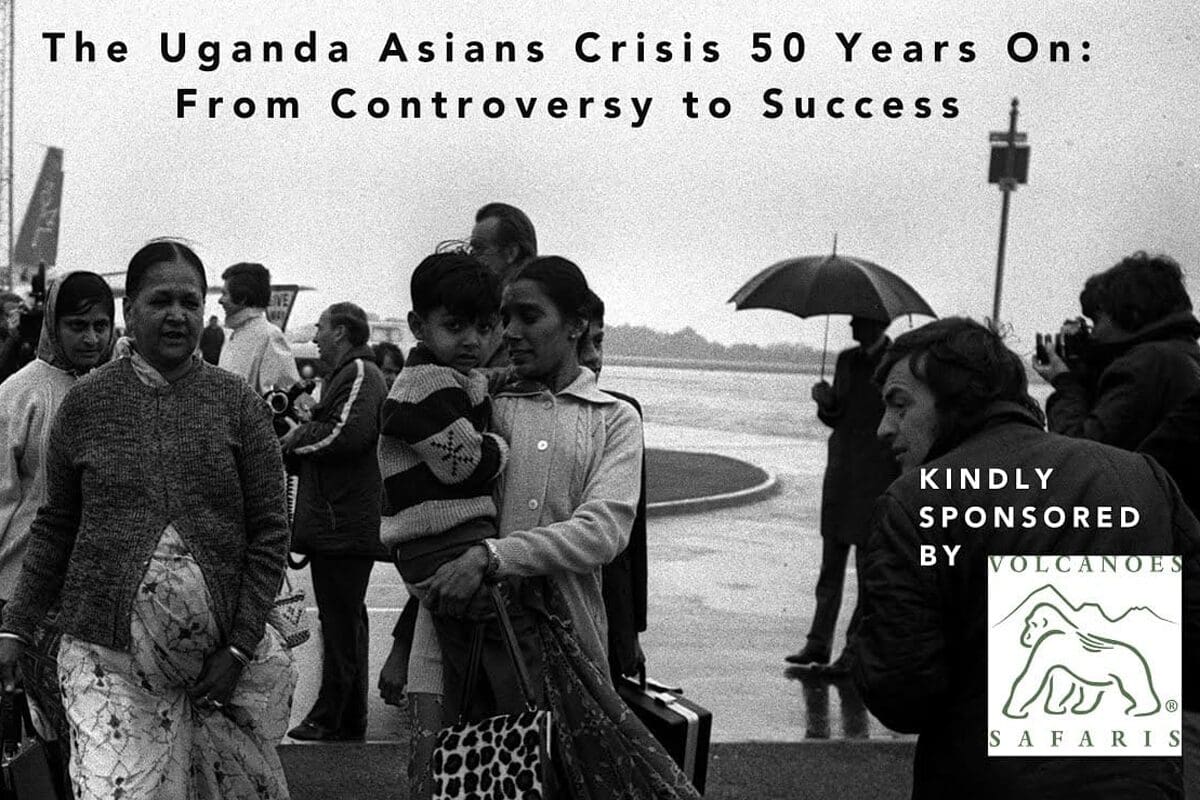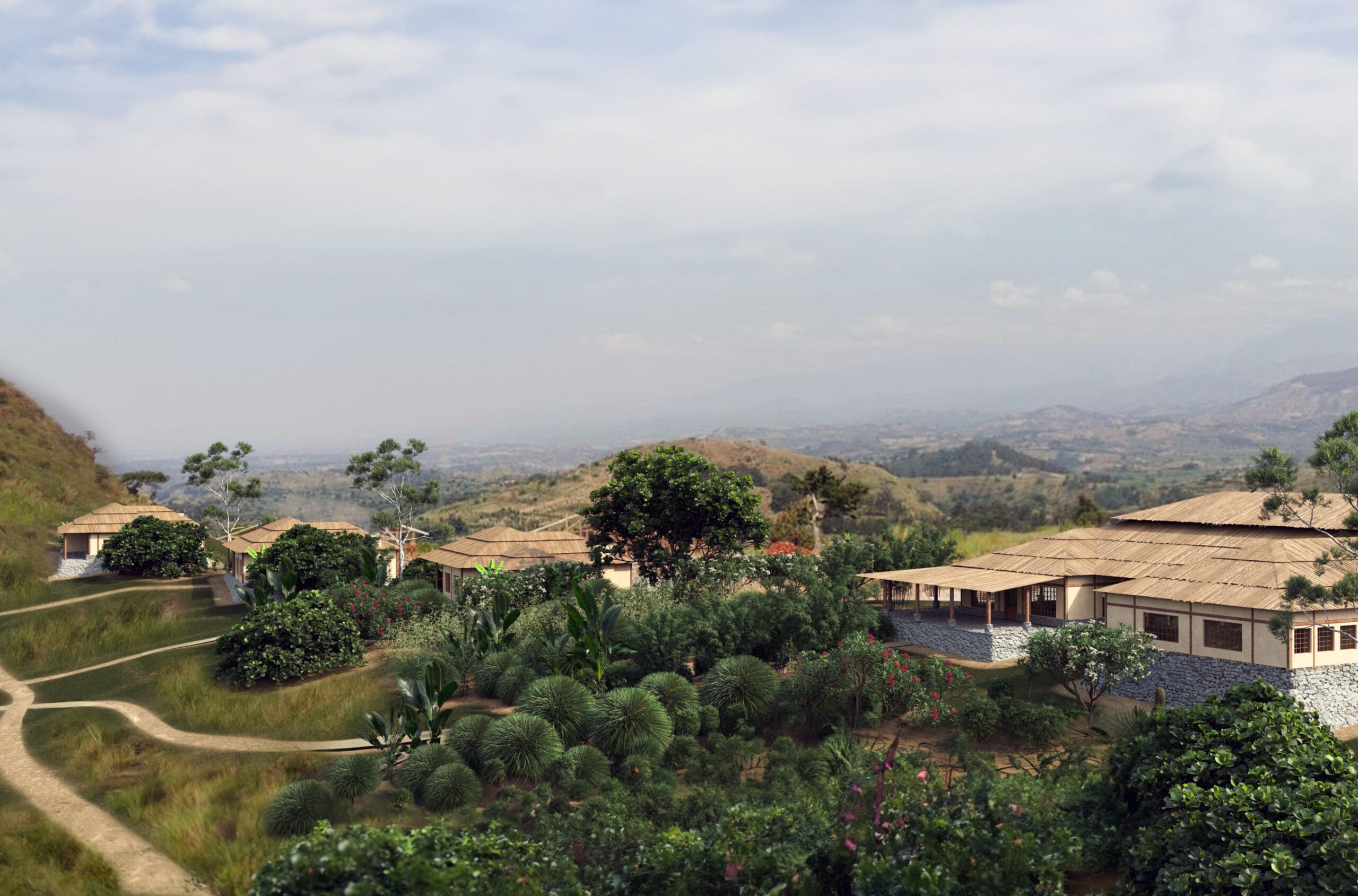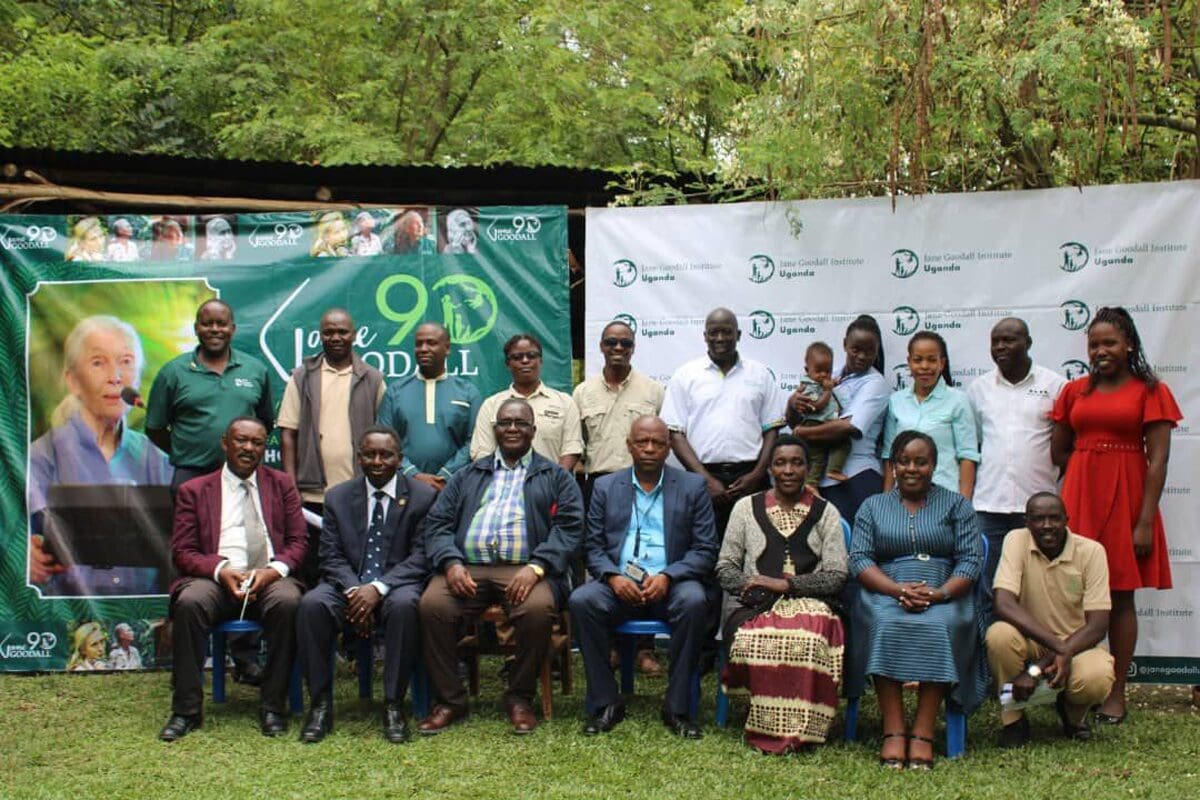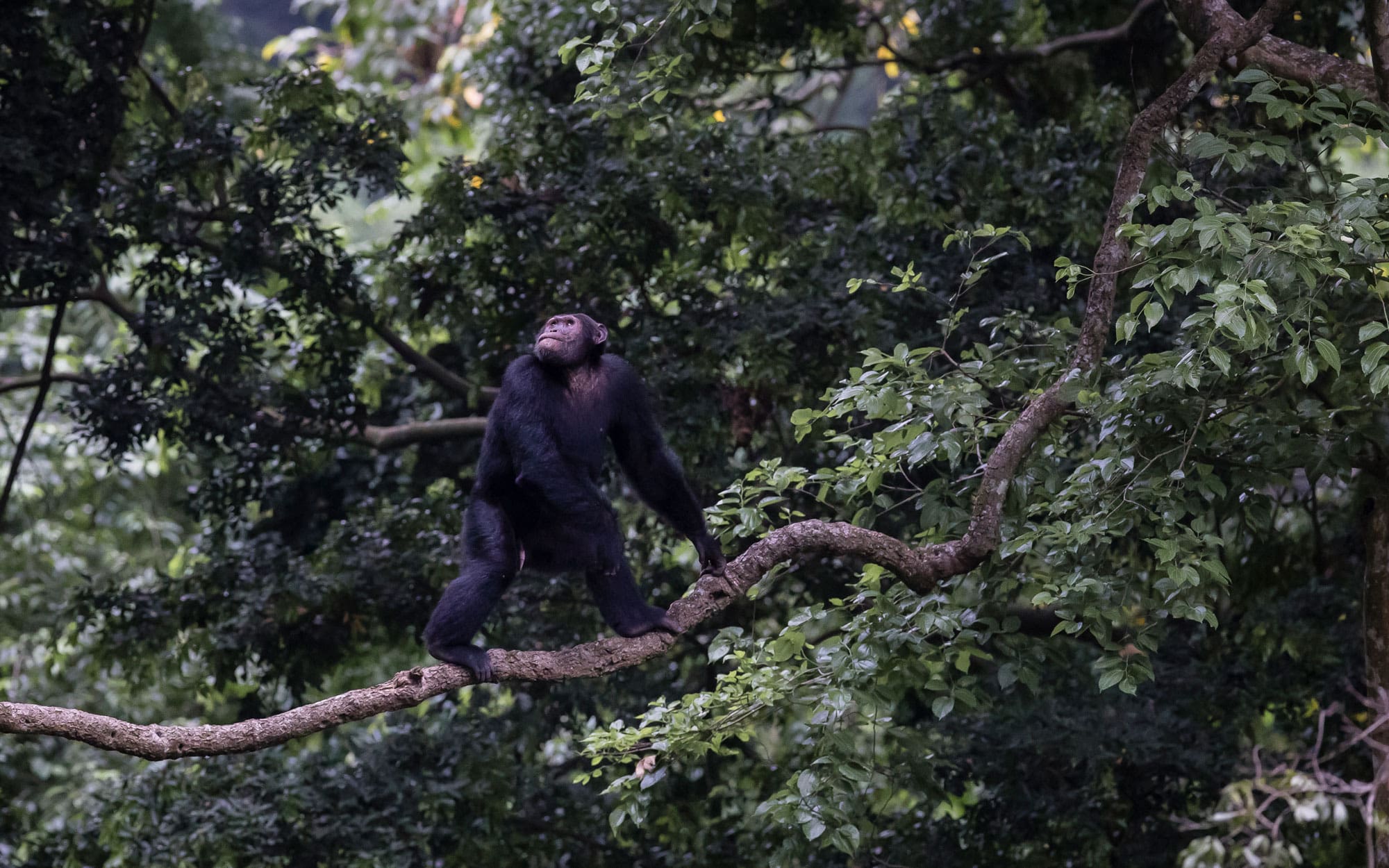1. A Good Rain Jacket
I remember shopping at an outdoors store before my first luxury safari trip to Rwanda and being aghast at how much a good waterproof, breathable rain jacket cost. Was it really worth spending $200+ on a Gore-Tex jacket just to deal with a little rain? I thought not and grabbed a $50 “water resistant” jacket off the rack.
Let me tell you, you haven’t experienced rain until find yourself caught in jungle downpour. That water-resistant jacket—completely saturated and clinging to my skin like a cotton t-shirt in less than 5 minutes. Want to experience real cold too? Wear that wet jacket on a mountainside for 6 hours.
After that learning experience, I forked out the money for a proper rain jacket for my next trip. Whether hiking in the forest or walking through town on a drizzly day, it keeps me warm. Gore-Tex is the most high-profile waterproof breathable fabric but there are similar fabrics made by other companies that may be more affordable. Look for jackets made with fabrics or coatings such as eVent, HyVent (The North Face), Element (REI), or AQ2 (Berghaus).
My Recommendation: REI Taku Jacket made with Element® in Men’s and Women’s sizes from $219.
2. The Right Shoes
Other than rubber wellies for trekking in the forest (which can be borrowed from your lodge or purchased at the local market for $10) I travel with only two pairs of shoes. The first is a good pair of trail-running shoes for outdoor activities not involving knee-deep mud and for keeping my feet warm at night. As I mentioned in a previous blog, I don’t bring hiking boots because I find they don’t keep out the mud on gorilla treks and they are too cumbersome for other activities. Trail-running shoes have the durability and traction of hiking boots without the weight.
For walking around town, driving, dining out and relaxing, I have a good pair of sandals that are treaded on the bottom for good grip, yet stylish on top so I don’t feel out of place at dinner. Even if I’m going on a trek, I’ll bring sandals along in car so I let my feet breathe after slogging around in the mud.
My Trail-Running Shoe Recommendation: Salomon Trail-Running Shoes in Men’s and Women’s sizes, from $110.
My Sandal Recommendations: Chaco Updraft X2 Sandal for Women from $110 and Z/1® Unaweep Sandal for Men from $100.
3. Travel Pillow
The beds at Volcanoes Safaris lodges may have some of the most comfortable pillows I’ve slept on in Africa. Enjoy them, because comfortable pillows are a rarity elsewhere in Central Africa, even in some of the nicer hotels. Again, on my first trip to Rwanda in 2008, I learned the hard way that I ought to have brought my own travel pillow.
Now my compressible travel pillow comes with me everywhere I travel in Africa, even on long day trips in the car. As my fellow travelers toss and turn on leaden hotel pillows or have their heads bounce from side to side on bumpy drives, I’m snoozing comfortably.
My Recommendation: Therm-a-Rest® Compressible Pillow from $17.95.
4. Antibacterial Wipes
It’s a no brainer to bring along some antibacterial product to keep your hands germ-free, but do you go with the liquid or the wipes? I always have a small package of antibacterial wipes in my bag because not only do they kill germs, they wipe away physical pieces of dirt, can serve as toilet paper in a pinch, and can even be used as a kind of “shower.” I’ve been on multi-day camping trips or long, sweaty all-day outings in Africa where washing up with water wasn’t possible. However, I could get fairly clean with a wipe or two. When you’re shopping for wipes, make sure you buy antibacterial wipes and not baby wipes.
My Recommendation: Wet Ones® Antibacterial Hand Wipes from $2.99.
5. Insect-Repellent Bandana
I love multi-purpose tools and I love how my insect-repellent bandana keeps me dry, keeps the sun off my head and wards away flies and mosquitoes. Luckily, in the high altitude rainforests of Rwanda and Uganda, biting flying insects aren’t a serious problem. I find with my insect-repellent bandana on I don’t even need to wear bug spray. A good quality insect-repellent bandana should keep its repelling powers through 50 or more washes and you do not have to worry about saturating your skin with DET.
My Recommendation: ExOfficio BugsAway® Paisley Bandana from $15.
